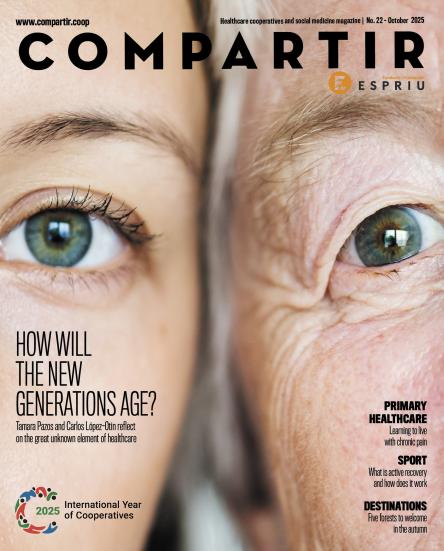
Ageing in Spain in Figures
These are some of the most relevant data collected by the CSIC in its latest edition of the report on older people, which provides an overview of the current situation regarding population ageing.
The report Un perfil de las personas mayores en España, published by the CSIC in its 2024 edition, offers a range of data on the living conditions of people aged 65 and over, allowing us to draw interesting conclusions about what old age will look like in the coming years in our country.
- Of Spain’s 48,085,361 citizens, according to data from the National Statistics Institute (INE) from January 2023, more than 9.5 million people (9,687,776) are aged 65 or over, representing 20.1% of the population.
- The older population continues to gain weight year after year. According to INE projections (2023–2041), by 2041 there could be over 14.5 million older people (14,558,557), making up 27.9% of a population that will exceed 52 million inhabitants.
- The provinces with the highest proportions of older adults are Ourense (31.9%), Zamora (31.95%), Lugo (30.0%) and León (28.5%). At the other end of the scale are Melilla (11.7%), Ceuta (12.8%), Almería (15.6%), Murcia (16.3%) and Guadalajara (16.5%).
- A total of 14,660 people have already reached the age of 100 or more. Compared with 2022, the number of centenarians has risen by 5.4%.
- As age increases, women outnumber men. In 2023, among those aged 65 and over, there were 5,474,236 women, exceeding the number of men (4,213,540) by 29.9%.
What Do the General Health Indicators Show?
- According to the latest INE Mortality Tables based on 2022 data, life expectancy at birth stands at 83.08 years and is regaining the upward trend that had declined due to COVID-19, although it has not yet reached pre-pandemic levels, when it stood at 83.53 years.
- In 2022, women’s life expectancy at birth was more than five years higher than men’s (85.74 versus 80.36).
- A person reaching the age of 65 can expect to live an average of 21 additional years (19.06 years for men and up to 22.96 years for women).
- Spain continues to record one of the highest life expectancies at age 65 in both men and women within the European Union and globally. In 2022, the European average stood at 19.5 years.
- In recent years, a new parameter has been introduced: healthy life expectancy from age 65. According to 2021 Eurostat data, this figure is slightly lower for women, contrary to what might be expected (10.3 years compared with 10.7 years for men).
- According to the 2023 European Union Statistics on Income and Living Conditions (EU-SILC), 63.6% of people aged 65 and over report having a long-term illness or health problem. This percentage is similar to previous years (67% in 2022 and 65.7% in 2021) and higher among women (64.4% versus 62.7%).
- As age advances, the proportion of people with chronic conditions increases. In 2023, among those aged 65 to 74, more than half of older people were affected, and in the next age group (75 to 84) the percentage rose to 68% in Spain and 65.7% across Europe. For those aged 84 and over, chronic health problems affected 75.4% of Spaniards and 73.2% of Europeans.
- 38.5% of people aged 65 and over never engage in physical activity during their leisure time — 33.4% among men and as high as 42.5% among women.



